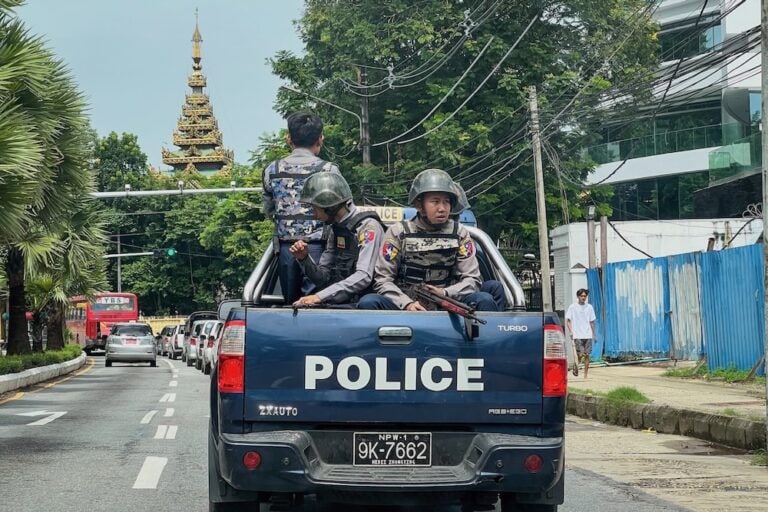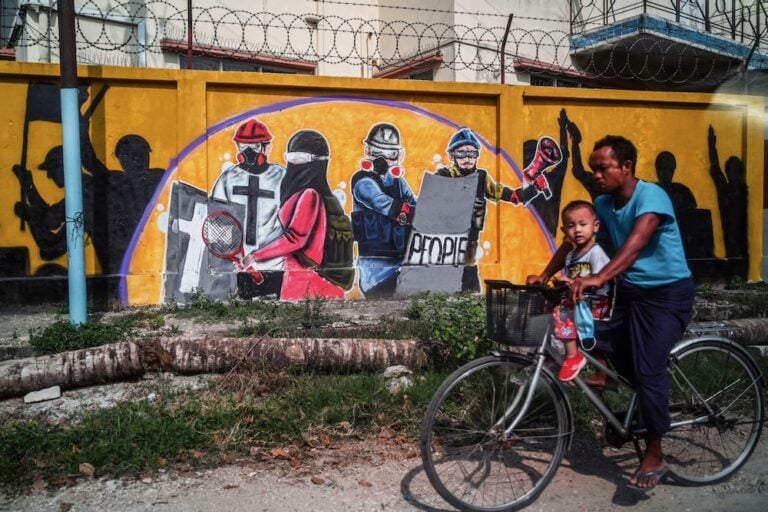The News Media Law introduces some guarantees for media freedom, such as the prohibition of censorship and the recognition of specific rights of "media workers". However, ARTICLE 19 remains seriously concerned with shortcomings in the law.
A new legal analysis by ARTICLE 19 examines the compliance of the 2014 News Media Law of Myanmar with international standards on freedom of expression and media freedom. The News Media Law introduces some guarantees for media freedom, such as the prohibition of censorship and the recognition of specific rights of “media workers”. This may be seen as a positive attempt to begin dismantling the extensive apparatus of censorship in the country, and the government should be encouraged to build upon the positive elements of the Law.
However, ARTICLE 19 remains seriously concerned with shortcomings in the law. The safeguards for media freedom are heavily qualified and insufficient to meet international standards. All types of media, including print, broadcast and Internet-based media, remain under the unrestricted control of the government through the Media Council. The Media Council is not independent from government, and therefore fails to sufficiently safeguard the media from the application of content-based criminal laws that, while not imposing custodial sentences, still unjustifiably limit freedom of expression.
ARTICLE 19 calls on the Myanmar authorities to ratify the International Covenant on Civil and Political Rights (“ICCPR”) and comprehensively reform the News Media Law in order to ensure its compliance with international standards on freedom of expression.


